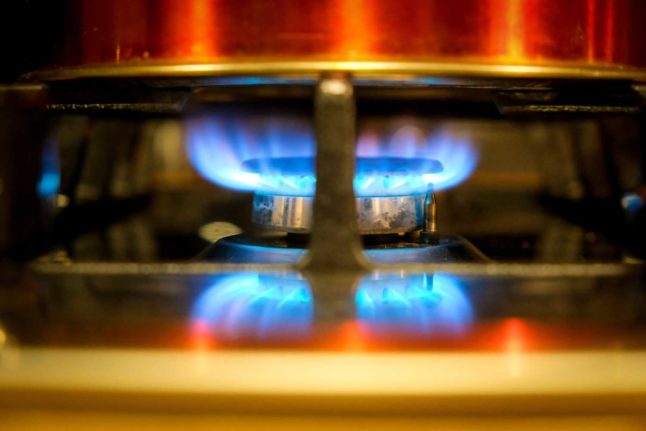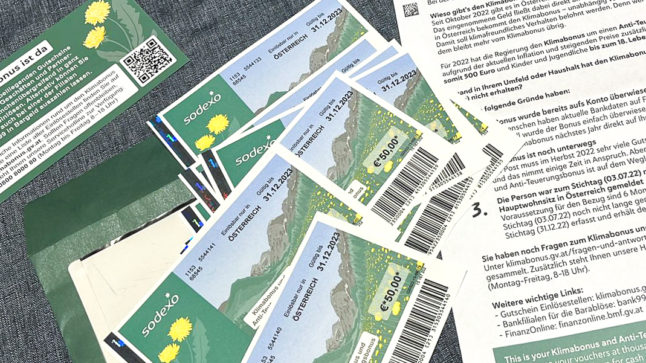On Wednesday morning, the Council of Ministers met to discuss contingency plans for Austria’s energy supplies amid the ongoing war in Ukraine.
This was followed by an announcement that a further €5 billion will be directed towards storage and natural gas stockpiling, in addition to the €1.6 billion already earmarked for Austria’s reserve gas supply.
According to Kurier, Austria’s gas storage tanks should be 80 percent full by the start of the next autumn. The tanks are currently just 18 percent full.
READ MORE: What does Russia’s decision to cut gas to Poland mean for Austria?
Speaking about the €6.6 billion plan, Federal Chancellor Karl Nehammer said: “No apartment should be cold in Austria.”
Fears of disruption to Austria’s gas supplies have been raised after Russian-owned Gazprom turned off the gas supply to Poland on Wednesday morning and threatened Bulgaria with similar action. Austria sources 80 percent of its natural gas from Russia.
Austria’s Minister for Energy Leonore Gewessler confirmed on Wednesday that Russian gas was still flowing into Austria uninterrupted, but stressed the importance for the Alpine Republic to diversify its energy supplies as soon as possible.
FOR MEMBERS: ‘An unprecedented situation’: How would a gas embargo impact Austria?
In the short term, Gewessler said existing gas supply relationships with Norway are to be expanded and discussions are being held with companies in North Africa and Qatar. Austria is also part of an EU-wide initiative for the joint purchase of natural gas.
Additionally, Nehammer took to Twitter on Wednesday to rebuke allegations made by the Russian state-owned news agency TASS that Austria had agreed to pay for natural gas supplies in roubles – a move that is prohibited by EU sanctions.
Bevor hier Fake News der russischen Propaganda weiter verbreitet werden. Die OMV bezahlt Gaslieferungen aus Russland selbstverständlich weiterhin in Euro. Österreich hält sich auf Punkt und Beistrich an die gemeinsam beschlossenen EU-Sanktionen.
— Karl Nehammer (@karlnehammer) April 27, 2022
Nehammer Tweeted: “Before more fake news of Russian propaganda is spread here. OMV will of course continue to pay for gas deliveries from Russia in euros. Austria is adhering to the jointly agreed EU sanctions to the letter.”



 Please whitelist us to continue reading.
Please whitelist us to continue reading.
Member comments